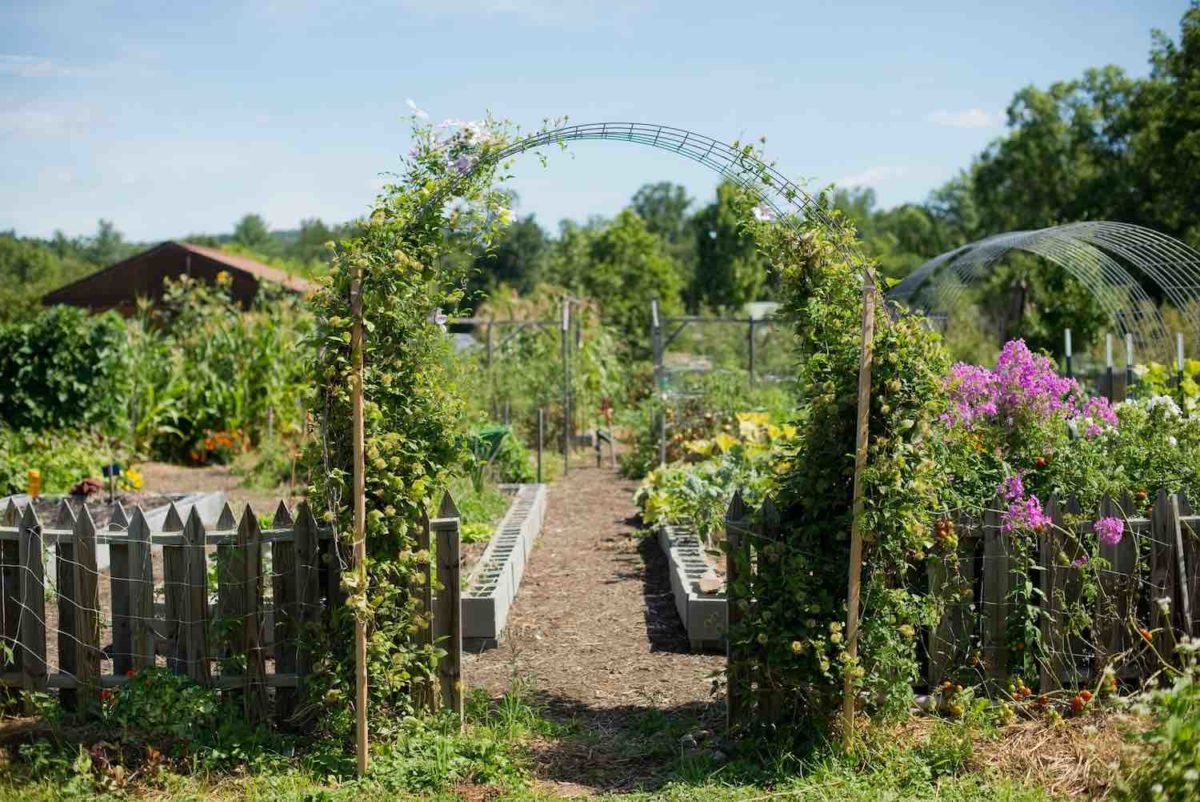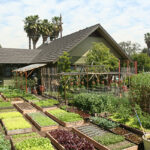Creating a 15 acre homestead farm layout is a dream for many looking to live a sustainable and self-sufficient lifestyle. With proper planning and design, this land size offers ample opportunity to cultivate crops, raise animals, and build a harmonious life with nature. Whether you’re a seasoned homesteader or just starting, a well-thought-out layout is key to maximizing your land’s potential.

Understanding Your Land
Before diving into the layout, it’s crucial to understand your land. Examine the soil quality, water sources, and natural contours. These elements will influence where you plant crops or house animals. Erosion control is another critical factor to consider, as it can significantly impact your farm’s long-term sustainability.
Soil Quality
Good soil is the foundation of a productive farm. Test your soil’s pH and nutrient levels to determine what amendments are needed. Consider rotating crops and using cover crops to maintain soil health.
Water Resources
Access to water is essential for any farm. Identify natural water sources such as ponds or streams. Consider setting up rainwater collection systems to supplement your water supply, particularly in drier months.
Designing Your Layout
When designing your 15 acre homestead farm layout, consider the placement of key elements like gardens, animal enclosures, and living spaces. Efficiency and accessibility should guide your decisions.
Crop Layout
Designate areas for vegetable gardens, orchards, and field crops. Rotate crops annually to prevent soil depletion and manage pests naturally. Companion planting can also enhance growth and deter pests.
Animal Enclosures
Plan for a variety of livestock to diversify your homestead. Chickens, goats, and cows are popular choices. Ensure each animal has adequate space and access to clean water and food. Learn more about raising dairy goats on a homestead.
Incorporating Sustainability
Sustainability should be at the heart of your homestead. Implementing eco-friendly practices not only helps the environment but can also reduce costs in the long run.
Renewable Energy
Consider installing solar panels or wind turbines to generate your own electricity. These renewable energy sources can significantly reduce your reliance on external power grids.
Waste Management
Composting is an excellent way to manage waste while enriching your soil. Set up compost bins for kitchen scraps and animal manure to create nutrient-rich compost for your gardens.
Building Your Homestead
With your layout planned, it’s time to start building. Begin with essential structures like your home, barns, and greenhouses. As you expand, consider adding facilities for alternative income streams.
Housing
Your home is the heart of your homestead. Build a comfortable, energy-efficient house that suits your family’s needs. Position it to take advantage of natural light and protect it from harsh weather conditions.
Alternative Income
Explore additional income opportunities like hosting guests with Airbnb ideas or selling farm products. Diversifying your income can provide financial stability.
Challenges and Solutions
Every homestead faces challenges, from pests to weather extremes. Prepare for these by implementing preventative measures and staying informed about best practices.
Pest Control
Natural pest control methods, such as introducing beneficial insects or using organic sprays, can protect your crops without harming the environment.
Weather Preparedness
Plan for seasonal changes. Ensure that your homestead is ready for winter with proper insulation and winter preparation strategies.
Conclusion
Designing a 15 acre homestead farm layout is a rewarding endeavor that can lead to a fulfilling and sustainable lifestyle. By understanding your land, planning thoughtfully, and embracing sustainable practices, you can create a productive and harmonious homestead.

Frequently Asked Questions
What are the first steps in planning a 15 acre homestead?
Start by assessing your land, including soil quality, water resources, and natural features. Then, design a layout that optimizes these elements.
How can I ensure my homestead is sustainable?
Incorporate renewable energy sources, composting, and eco-friendly farming practices to enhance sustainability.
What livestock is best for a 15 acre homestead?
Common choices include chickens, goats, and cows. Ensure each has adequate space and care for optimal productivity.
For further reading, consider checking out this external resource on essential tools for rural homesteading.





